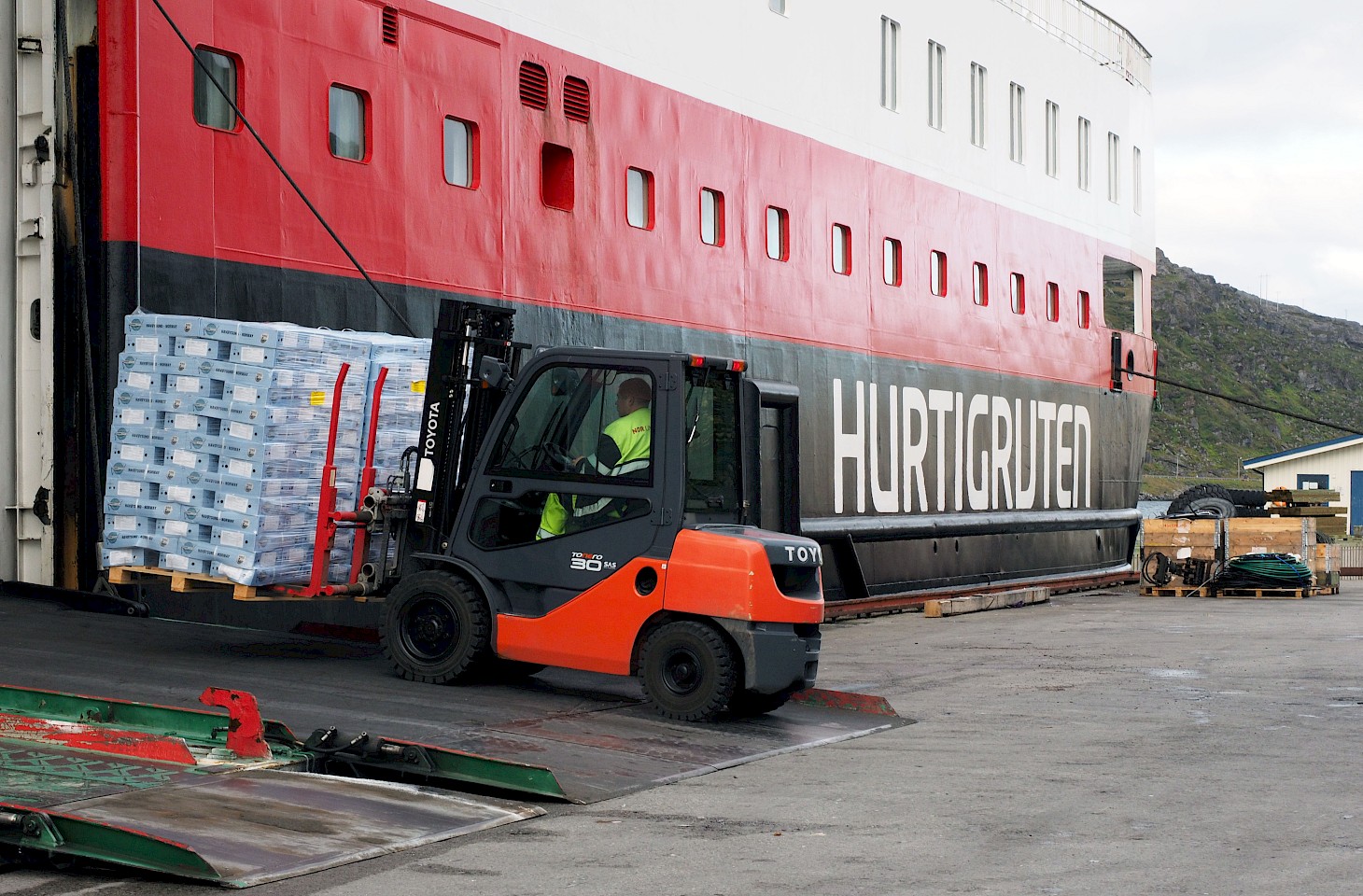For almost half a century, Germany’s Romantic Road powerfully shaped American perceptions of Europe. But now it’s fading into travel history, taking with it sepia-tinged memories of half-timbered mediaeval buildings, Disneyesque castles, apple strudel and Lederhosen.
The Romantische Strasse (Romantic Road) was an early post-war and very successful example of a themed tourist route. And to understand its appeal, we need to look back at what was happening in the tourist industry in West Germany in the years after the Second World War.
West Germany in the 1950s had already started to attract a steady stream of visitors from North America. In the early 1950s these tourists arrived by ocean liners at Le Havre or other ports. They continued their journeys by train.
By the start of the 1960s, the deployment of jet aircraft on North Atlantic routes was trimming air fares — though they were still mightily expensive by today’s standards. Affiliate charter flights, often booked many months in advance, were becoming reasonable with Loftleiðir bringing thousands of visitors by air into western Europe via Iceland, at fares which undercut anything on offer from the mainstream IATA carriers. After the mandatory touchdown in Iceland — the precursor to the still popular Iceland stopover — the Loftleiðir flights landed in Luxembourg. From there thousands of eager visitors fanned out, mainly by train, to explore those parts of Europe which had benefited from American aid under the Marshall Plan.
From Luxembourg, some visitors ventured west to Paris, which in the mid-1960s was about six hours from Luxembourg by train. Much closer to hand was the Moselle Valley which meanders north-east from Luxembourg towards its confluence with the Rhine at Koblenz. Here were archetypal scenes which appealed to American notions of Old World charm. Castles and riverside villages, echoes of Wagner at the Lorelei and traditional Rhineland food all combined to provide a reassuring view of Europe to US visitors. They encountered a Germany which was non-threatening, one which they perceived was being protected from communism by a very visible American military presence (abetted by the US Allies of course).


